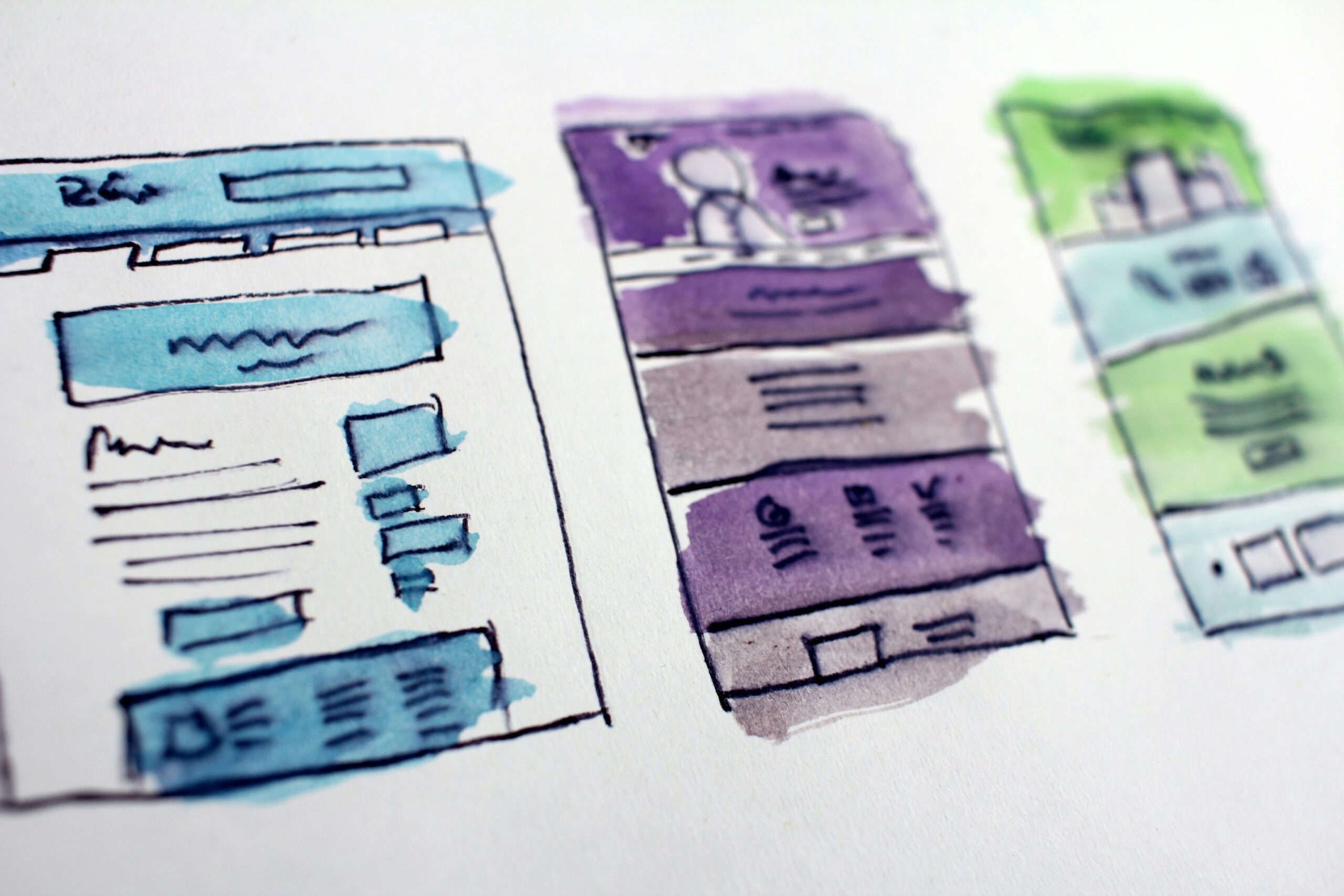
Designing a matrimony platform for India is quite different from building a dating app. It’s more like constructing a digital wedding bazaar, with filters for horoscopes, gotras, annual income, height, weight, and whether or not the groom lives in Anna Nagar.
I know, because I helped design one.
Here’s what I learned:
1. You’re Not Designing for Individuals; You’re Designing for Families
Mostly, when people get into dating sites, they are looking for love. But on Indian matrimonial sites, it’s mostly the parents browsing for matches. Or uncles, and sometimes that one enthusiastic cousin who has everyone’s login.
That means your interface has to speak to multiple age groups, digital fluency levels, and emotional motivations, often on the same screen. A 60-year-old Tamil Brahmin mother looking for a “homely, fair girl” for her son needs a different kind of flow than her son, who’s quietly hoping the search filters break.
2. Caste and Community Filtering Is Not Optional
You might flinch, but caste filtering is still central to most matrimony searches in India. Whether it’s Mudaliyar, Nair, Agarwal, or Reddy, people want to search within their community. It’s not the designer’s job to endorse this, but it is our job to understand that this is how the user thinks.
So you design caste filters. Then sub-caste filters. Then regional variations. You add “Any” options for the hopeful rebels. And you ensure it all works fast, because if the right sub-sect doesn’t load, you’ll be hearing from angry aunties over email.
3. The Profile Is a Resume
Unlike dating apps, where profiles are breezy and flirtatious, matrimony bios are structured like job applications.
- Name
- Height
- Horoscope
- Education
- Salary
- Caste
- Location
- “Hobbies”
Designing these profiles means optimising for scannability, seriousness, and sometimes surveillance. You add privacy toggles because some users don’t want their co-workers to see they’re looking.
4. Photos Are Everything and a Minefield
Users want to upload flattering images. Families want “decent” ones. Some people want their face photos hidden until approval. Others want 10-angle portraits with good lighting and no filter. The UX around image privacy, cropping, approval, and watermarking becomes critical.
And yes, we had to add blur tools because leaked profile pics are a real concern.
5. Design for Outcomes, Not Likes
Unlike dating apps, which focus on chats and chemistry, matrimony apps emphasise checkboxes and timelines. Your success metric isn’t time-on-site, it’s weddings. Verified. Happily married. Preferably with reception photos sent back to your support email.
So we designed to reduce noise. We improved recommendation logic. We nudged users gently but firmly toward making a decision: shortlist, reject, or contact. No infinite scrolling. No casual “likes.” Matrimony is about intention, not serendipity.
6. You’re Not Just Building a Product. You’re Building Trust
In a world where reputations matter and fraud is real, trust is UX. We added profile verification badges. Made phone number sharing opt-in. Gave users more control over who could view their details. Every pixel was about balancing exposure with privacy.
Final Thoughts
Designing an Indian matriomony site isn’t for the faint-hearted. It forces you to confront cultural realities head-on. You juggle tradition and modernity, data and emotion, Excel sheet expectations and real human longing.
But when you get it right, it’s magic. Because somewhere in that sea of caste filters and biodata PDFs, two people meet, talk, and sometimes fall in love.
And that, honestly, makes all the UX headaches worth it.
